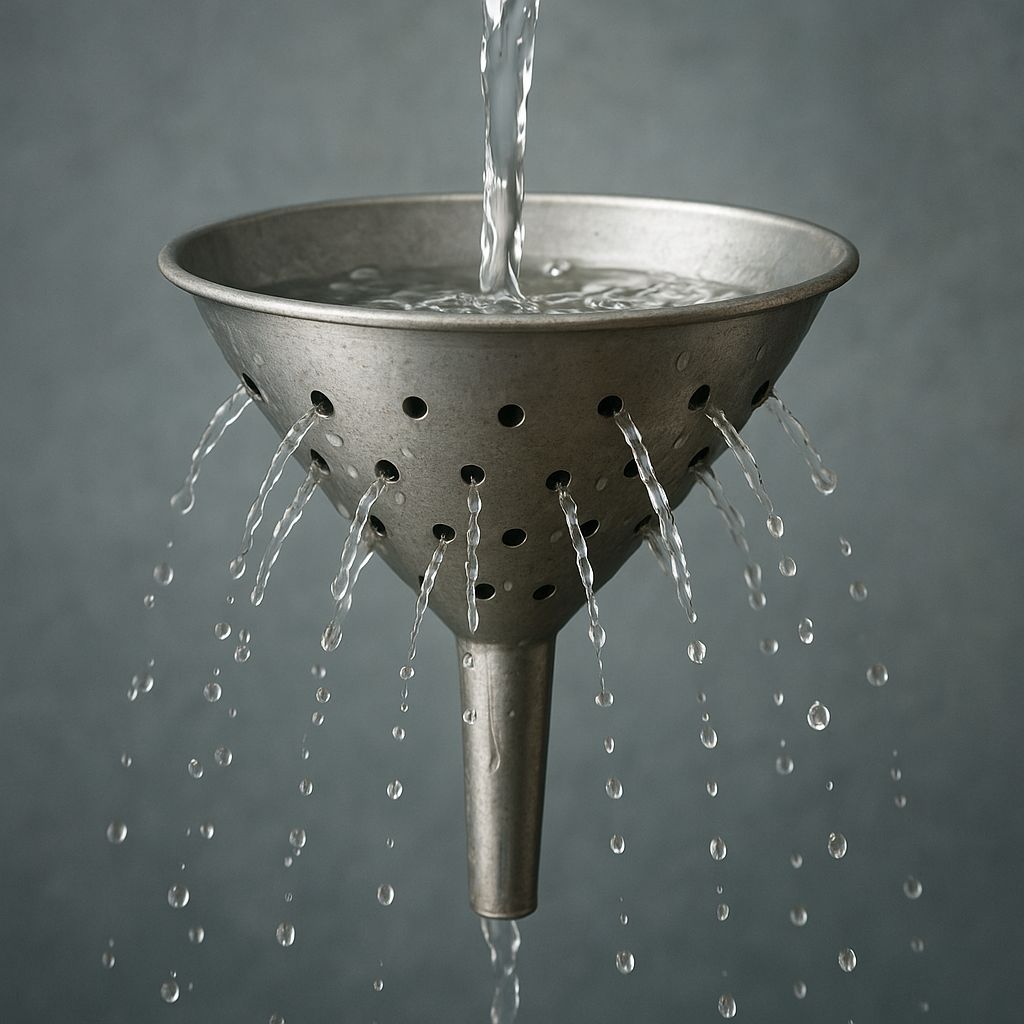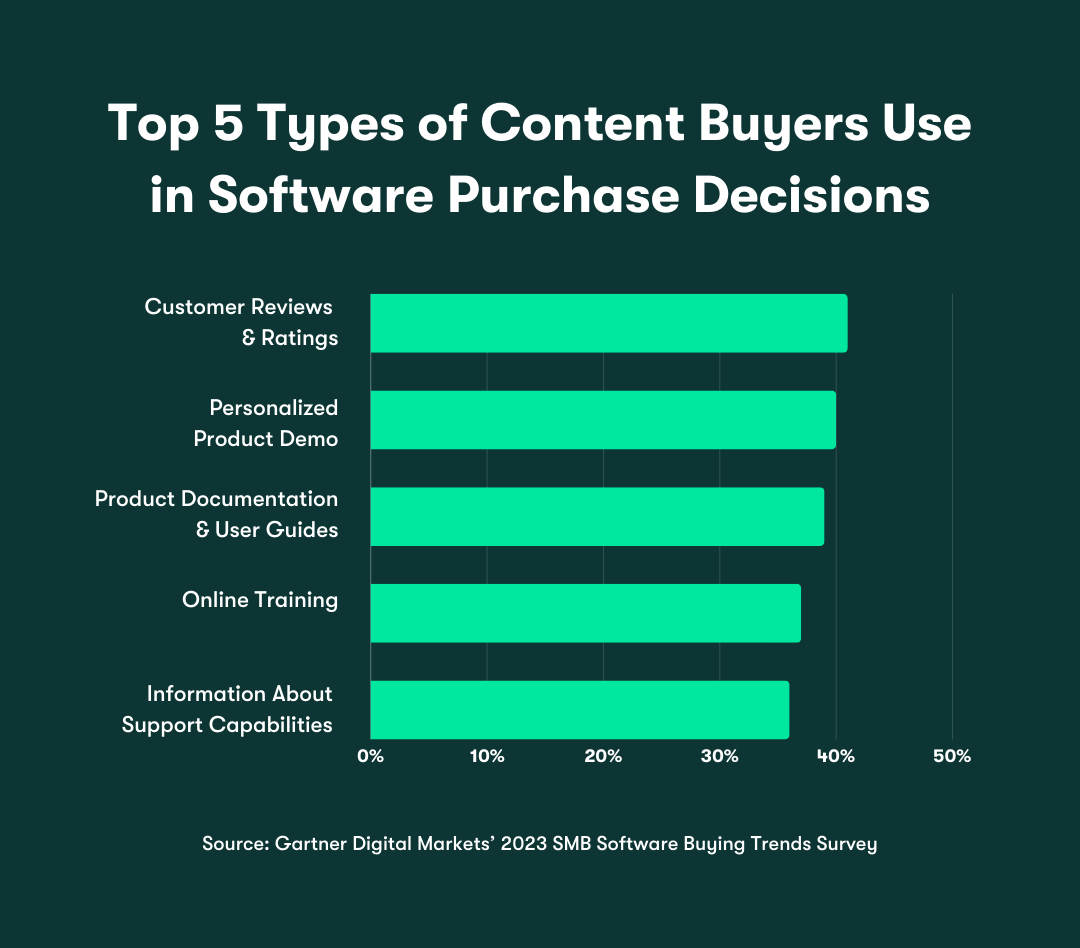Hi friends - We’re going to close out this month by talking about sales enablement. New term for you? Don’t worry - I’ll explain it.
Next month…I plan to break down all of the most effective ways I am using AI to accelerate marketing and sales for my clients.
Maybe we’ll call it MAI instead of MAY? 😆
I’ve got a lot of strong opinions about when and how to use AI in go-to-market so you don’t lose the most important part - your humanity. But I have found some really great ways to incorporate it in authentic human ways - so of course I want to share that with you.
Ok - sales enablement - let’s go!
Sales enablement 101
Sometimes I witness founders get overly focused on ‘new’ leads or deals and forget that getting new opportunities is only half the battle…the other half is actually being well positioned to CLOSE them.
That other half is where sales enablement comes in.
We can pour all the water (new leads) we want into the top of our funnel, but if we’ve got holes in the funnel (no sales enablement), not enough water (revenue) is going to make it out the other end.

So, what is sales enablement?
When I asked Claude for a definition, it said:
Sales enablement is the strategic process of equipping sales teams with the tools, content, technology, training, and coaching they need to effectively engage with buyers and close deals more efficiently. It bridges the gap between marketing and sales departments by providing resources that help salespeople communicate value to prospects throughout the buyer's journey.
Key elements of sales enablement typically include:
Training and development for sales professionals
Content creation and management tailored to different stages of the sales process
Technology implementation to streamline workflows
Data analysis to track performance and identify improvement areas
Ongoing coaching to refine sales techniques
Effective sales enablement results in more productive conversations with prospects, shorter sales cycles, higher win rates, and better alignment between what marketing produces and what sales actually uses in the field.
And that’s 100% accurate.
But it’s a lot of words…so let’s break it down into tangible things you can do or create to achieve the two most important goals of sales enablement -
Improve your close ratio (%)
Improve your speed to close
How to “do” sales enablement
Step 1: Basic revenue operations
In order for us to have anything to analyze and to inform what we need for sales enablement, we first need some basic revenue operations.
Revenue operations gives us actionable data that informs what the sales team (or founder) needs to ‘enable’ them. It helps us determine what coaching, marketing assets, process improvement, automation etc we need to make them faster and better sellers.
Thing to do | Tool to use or resource | Why |
|---|---|---|
Log all of your emails and meetings in a CRM | Tools: HubSpot (or your current CRM) Resources: | So you have data to reference, analyze, and nurture. Once all of your contacts, emails, and meetings are in a centralized database, you can analyze that data (what profile of person or company is closing most frequently or not) AND we have a database of people we can nurture through email marketing. |
Record your sales calls | Tools: Budget conscious options: Fireflies, Otter (~$100-200/year) A little more money to spend: Gong (starting at $5k/year) *Integrate these tools with your CRM so the call recording goes straight in there Resources: | When you’re having a lot of sales calls, it can be hard to remember everything. Recording your calls lets you reference back to those notes and action items more easily, search the transcript to listen to a specific part of the call where you discussed pricing, etc. AND - having them recorded allows you, the software, or an advisor to listen to the calls and give you coaching on how to improve your pitch, objection handling etc. AND it builds a great library for your future sales hires to learn from. |
Structure your deal stages properly, and track critical data on your deals in a CRM | Tools: HubSpot (or your current CRM) Resources: | The fastest way to improve your sales process is to have data you can inspect and measure. The only way to have data we can inspect and measure is to have good processes, habits, and hygiene. |
Step 2: Create assets, automation, and training to improve conversion rates and deal cycle
Create assets
According to Gartner’s surveys and research, these are the MOST common assets buyers reference in B2B sales -

Some resources for ya -
Asset | Resource |
|---|---|
Customer Reviews | |
Personalized Product Demo | Check out - - Navattic …and if you’re super budget conscious, just record a Loom and embed the video on a HubSpot landing page. Easy breezy - great place to start. |
Product Documentation & User Guides | If you’re already using HubSpot, leverage their Service Hub to host a knowledge base. If you are using another tool that doesn’t have a native knowledge base tool, check out Help Scout. |
Online Training | Same as above - I’d just include Loom videos in your product documentation as a starting point. Other more mature companies build our more robust training video libraries - but walk before you run. |
Information about support capabilities | Add it to your knowledge base or somewhere on your website |
The other things Gartner doesn’t list, that I’d add, are -
Asset | Resource |
|---|---|
Case Studies | |
Blogs answering your most* common sales questions or objections |
Automation
Automation is hard to provide generalized guidance on, it’s company and sales process specific. But some ideas to get your creative juices flowing -
Automated Slack notification when -
a new inbound lead comes in
a deal moves to proposal (late stage - alert leadership and customer success)
a deal is marked closed won (maybe notifying finance too so they can prepare an invoice)
Automated follow up email drip if a prospect is a no show to discovery call
If you are using HubSpot, you can automate all of these things using their workflows tool. If you are looking for something more advanced, Zapier might be the right tool to check out.
Training
If you are using a conversation intelligence (aka call recording) tool, there is likely some built in coaching features. Some other options -
Hire a GTM advisor or fractional GTM leader to provide coaching and training
Read this newsletter…. 🙂
Leverage HubSpot Academy or your other sales tools free learning resources
Join sales communities and attend training webinars
Ok - that was longer than normal…but FULL of tactical, actionable advice. Let me know how it goes. 🫡
Ready to save precious time and let AI do the heavy lifting?
Save time and simplify your unique workflow with HubSpot’s highly anticipated AI Playbook—your guide to smarter processes and effortless productivity.
Want to learn more about how I help startups increase their revenue by 150-590%? 👀
Know someone who could benefit from being added to this distribution? Send them here to sign up!
With love and gratitude,


